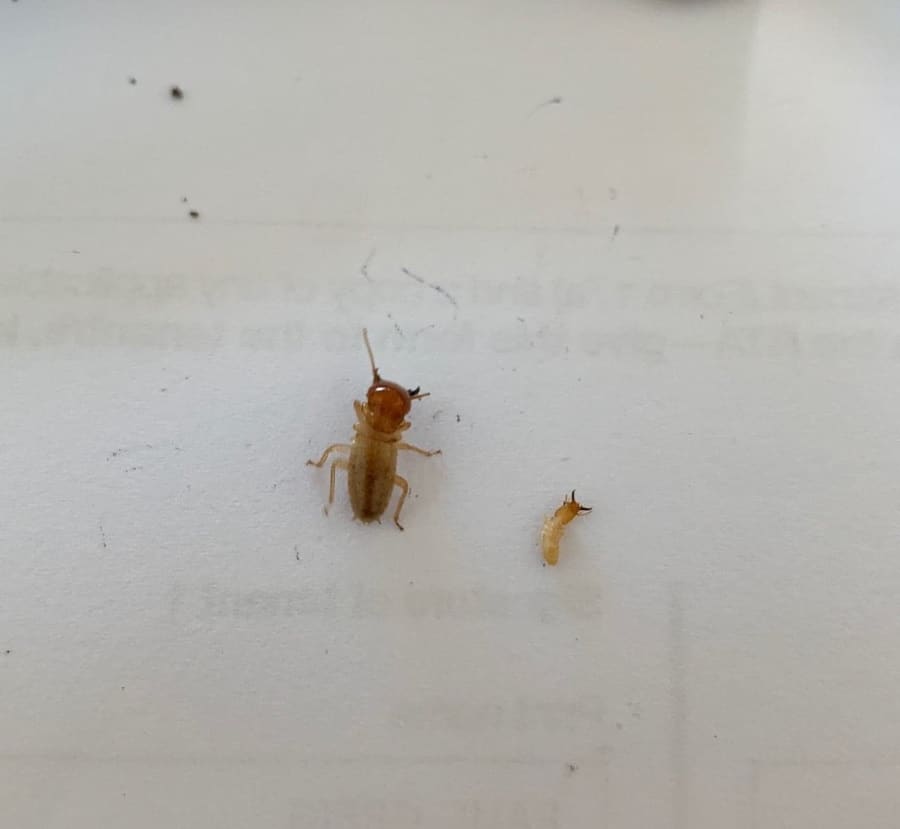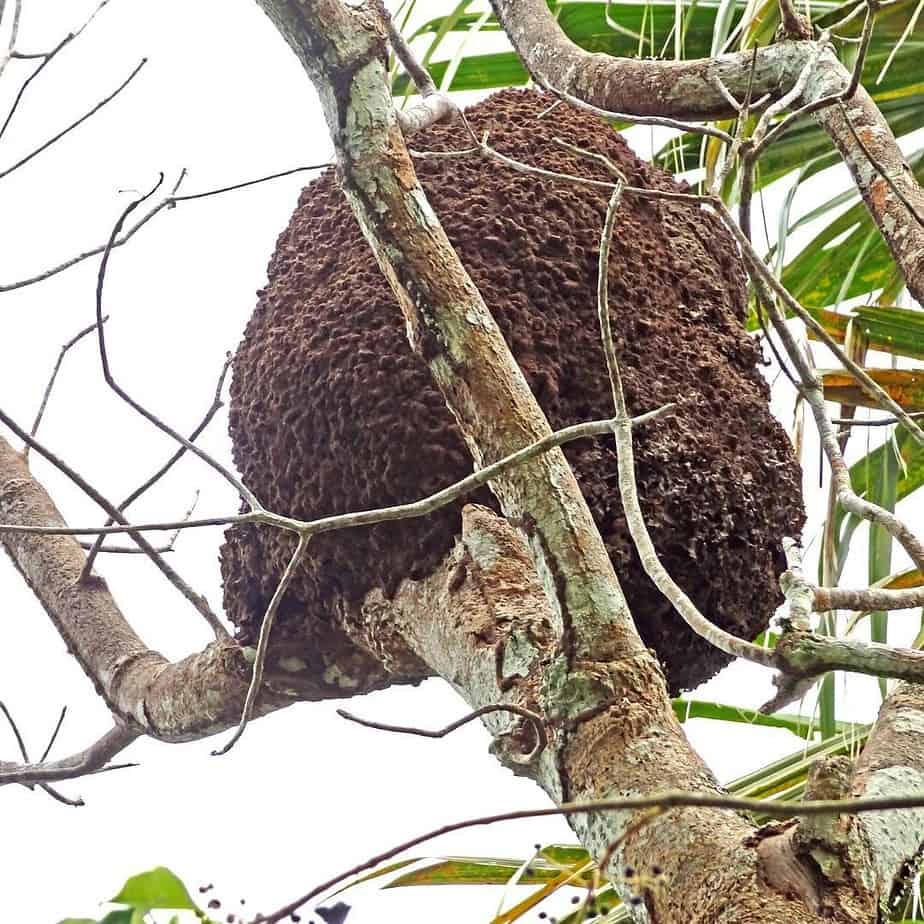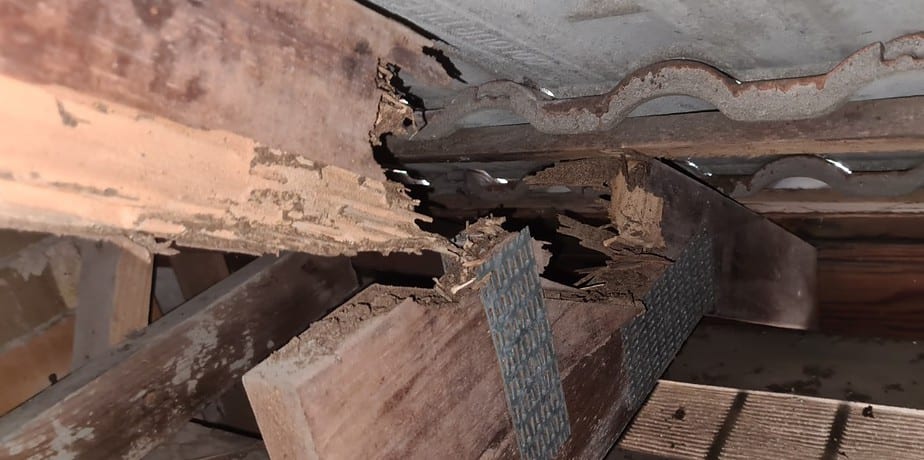10 Fascinating Termite Facts You Need To Know
Termites are small, social insects that live in colonies and feed on cellulose found in wood. They have been around for millions of years and have developed unique behaviours, adaptations and social structures to survive. Though they are often considered pests, they are an important part of the ecosystem, breaking down dead wood and returning nutrients to the soil. Here are 10 fascinating facts about termites that you need to know. From the colonies they form underground, to the way they protect each other, to the different species of termites, these little insects are truly amazing and worth learning more about.
The different species of termites
Termites are small (sometimes winged) insects that live in colonies. There are over 2,000 species of termites around the world, including more than 150 species in the Americas and more than 700 species in Africa. Termite species depend on the climate in which they live and the food source available to them.
There are three types of termites that affect human structures and materials – the drywood termite, the dampwood termite and the subterranean termite.
Drywood termites live in warm, dry places and do not require contact with soil. They’re often found in tropical and subtropical areas.
Dampwood termites live in temperate regions where the soil is continuously moist, such as the Pacific Northwest, Northern California, the Gulf States and New England.
Subterranean termites live in the warm, humid areas.

How termites form colonies
Termites are social insects that live in colonies made up of a queen, king, workers and soldiers. The queen termite is responsible for producing eggs that become the next generation.
The king termite mates with the queen and helps feed the young.
Workers are also known as “pseudergates” and do all the work of the colony.
Soldiers are responsible for protecting the colony and are often larger bodies with big jaws.
The termites in a colony are all related, with the queen being the mother of all and the king being the father. The queen’s eggs are hatched in a nursery and then carried by workers to be placed in food sources such as wood. Once the termites are full-grown, they return to the original nest and expand the colony further.

The diet of termites
Termites feed on cellulose found in wood and other plant fibres. They are capable of digesting cellulose because of the symbiotic relationship between their gut bacteria and protozoa, which produces enzymes that break down the cellulose in wood. A termite colony can contain millions of insects that are all feeding on wood to get the nutrients they need to survive. The amount of wood they eat depends on their species, climate and the food sources available. Subterranean termites, for example, consume an average of their own weight in wood each day. The number of termites in a colony can be reduced by treating the wood with chemicals. Termite control is important, as a colony can grow to be very large in a short amount of time.
How termites protect each other
Termites group together for safety because they are small and easily attacked by predators. They also move in large numbers to protect their food source. When one member of a group becomes ill or injured, it’s cared for by other members of the colony. If a termite is attacked by a predator, the rest of the colony quickly forms a shield around its body using their own bodies to protect it. This behaviour is known as “autogenous defence” and is observed in social insects. To prevent diseases and parasites, termites have evolved to destroy their injured or diseased members.
The importance of termites in the environment
Termites are a crucial part of the environment, breaking down dead trees and returning nutrients to the soil. Though sometimes considered pests, termites play an important role in nutrient cycling, particularly in tropical and subtropical areas, where there is a lack of decomposers. Scientists have found evidence of termites living in tropical areas for the last 100 million years. In the tropics, termites are the most important source of soil carbon and nitrogen. They can also be useful for pest control and are helpful in reducing the need for pesticides in agriculture.

How termites locate food sources
Termites locate food sources using their sense of smell, which they use to communicate with each other and navigate through their environment. They have a highly developed olfactory system and can detect odours at very low concentrations. Odours travel through air or soil and are detected by olfactory receptors located in a pair of glands near the antennae. This triggers a response, not only in the individual termite but also in other termites in the area, who are able to sense the pheromone. This communication allows termites to decide which food source to consume and allows new workers to be recruited to the food source.

The ability of termites to form a superorganism
Termites have developed a complex social structure and a specialised caste system in order to survive. The queen and king are the only two members of the colony that are allowed to reproduce. The remaining members are sterile and play a different role in the colony, depending on their age and body size.
The majority of workers are responsible for foraging for food, building homes and caring for the young.
Soldiers defend the colony from predators and repel invasions.
The termites in the colony form a superorganism that is greater than the sum of its parts. The communication and cooperation between the members of the colony, as well as the ability to sense danger, make termites extremely successful.
The longevity of termite colonies
Termite colonies can live for several years and grow quickly, especially in warm and humid conditions. The queen’s lifespan is often longer than that of other members of the colony, with some species living for up to 20 years. In order to prevent their young from breeding, some species of termites have evolved a “king” that mates only once.
Termites are often considered pests due to their damage to wood and buildings, but they have an important role in the environment. They are a crucial part of the ecosystem, breaking down dead trees and returning nutrients to the soil.
The recent discovery of termite fossils
Since termites have been around for millions of years, it was only a matter of time before fossils were discovered. In 2017, scientists discovered the remains of a termite species in a piece of amber from the Hukawng Valley in northern Myanmar. The researchers believe that the amber is 30 million years old, making it the oldest termite fossil ever found. The termite fossils are very well-preserved, allowing scientists to better understand the evolution of termites, their development and their relationship with plants.
The importance of termite control and prevention
Termites are a common pest that damages and destroys wood structures such as subflooring, decks, wood framing and furniture. They feed on wood and, depending on the species, can travel several hundred yards to find food sources. The best way to prevent termites is to keep wood dry, as they do not like dry wood. It’s also important to keep wood-based building materials away from water sources like the ground and rain. If termites have already infested a building, it’s important to hire a professional to get rid of them. Spraying pesticides that are available for purchase at home improvement stores is not effective at treating termites, and even professional exterminators don’t recommend it. Professional termite control involves careful inspection of the building to locate the source of the infestation and a specialised chemical treatment to kill the insects and prevent future infestations.
For Professional Termite Inspections & Treatment






